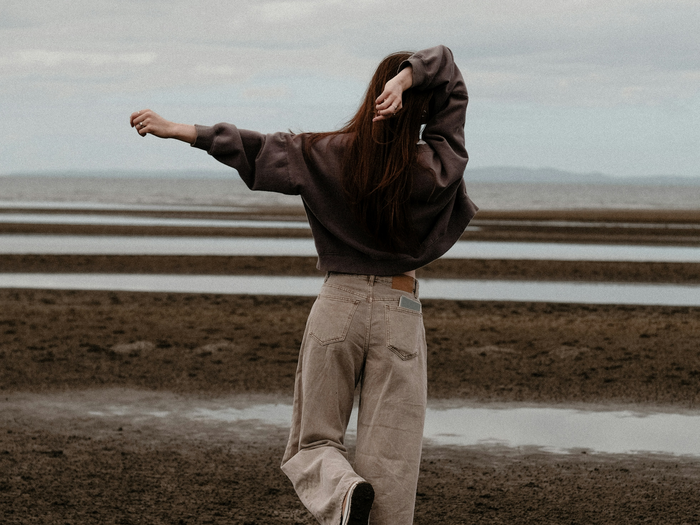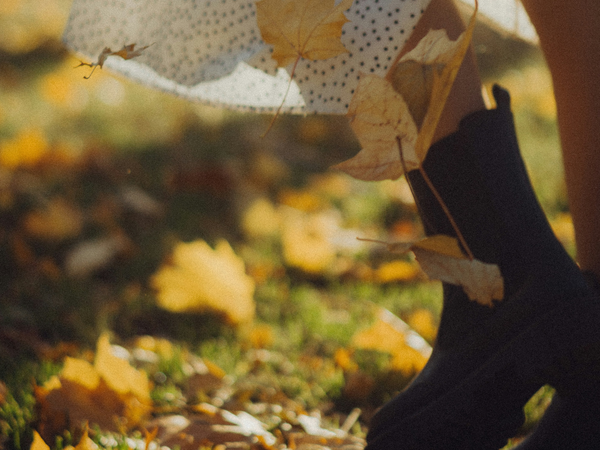
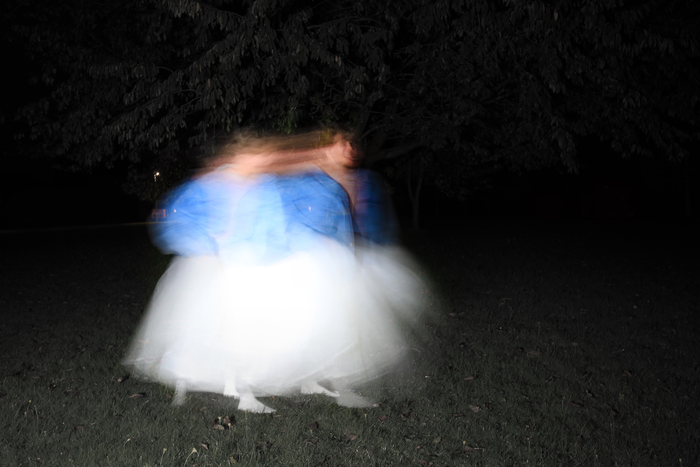
24 October 2025
The London College of Fashion Stylist Proving Borrowed Still Feels Brand New
In East London, a new generation of stylists are building fashion from what already exists. At London College of Fashion, stylist Ed is redefining creativity through reworking and borrowing, proving that “new” doesn’t always mean better.
By Olivia Lee
This new generation of creatives is drawn to the stories stitched into secondhand clothes. A worn-in coat or vintage jeans carry memories that a brand-new piece just can’t match.
For Ed, a styling and production student, that’s where the real creativity starts. Inspiration comes from what’s already around them and pieces that have already been loved. Their work explores how sustainable fashion can be more than just a new trend but a way of thinking and connecting with different pieces.
What inspired you to study styling and production?
“I always knew I wanted to work in fashion but was never really drawn to design.”
How would you describe your approach to fashion and creativity?
Since starting their course, Ed has learned to stay open, trying new ideas and working across different styles to find out what works for them. “It’s important to stay experimental,” they say.
What does sustainability mean to you as a stylist and creative?
“Sustainability is always at the centre of everything I create.” They explain, “fashion can be so wasteful, so I feel as part of the new generation of the industry it’s crucial that I make a conscious effort to reduce the environmental impacts within my practice.” For Ed, this is what sustainable fashion means in real time: taking up sustainable habits and valuing resourcefulness and care over consumption.
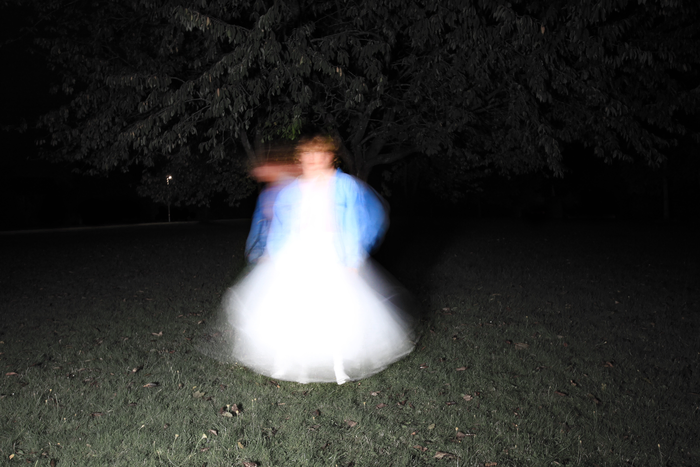
“This was a shoot I did where I styled my mum’s wedding underskirt with a vintage denim jacket of mine to explore ideas about gender and performance.”
How do you bring sustainability into your projects or personal style?
Borrowing comes first. “Within my projects, I always first look at the clothes I already have available to me, whether that's in my wardrobe or things I can borrow from family and friends.”
Being at London College of Fashion has expanded that even more. “I now have access to an amazing range of pieces I can borrow from college, most of which have been donated from various sources.” Students can lend and borrow from a shared archive of donated clothes, giving their projects a real sense of community and collaboration. It’s a living example of how sustainable fashion works, reusing and reimagining.
Their own style applies the same thinking, wearing secondhand and reworking older pieces. “Within my personal style, I’m always looking for ways to rework the pieces I’ve already got in my wardrobe. The vast majority of clothes in my wardrobe are secondhand, and where I do need to buy new, I always invest in quality pieces that will last.”
What’s your favourite piece in your wardrobe right now, and why?
It’s not something fresh off the rack; it’s a Carhartt camo jacket found in a Vintage shop on Brick Lane. “It’s a piece I’d been wanting for a few years,” they say. “It feels like such a staple part of my wardrobe now.” Through secondhand we find pieces that transform our closet, which is why experimenting with sustainable fashion is important in developing our personal style.
What inspires your work — is it people, places, aesthetics or something else?
Since moving to East London, Ed has been surrounded by a new kind of inspiration. “My recent camera roll has been filled with pictures of graffiti art and brutalist architecture.” Their environment feeds their work, giving it a raw, layered energy.
Do you ever swap clothes or rewear clothes?
Always. “I shop in my own wardrobe,” Ed says. “Whenever I feel like my personal style has become a little stagnant, I’ll move the clothes I haven’t been reaching for to the front of my wardrobe and try to rework them to fit with my current style.” Ed reminds us that the best looks usually start with what’s already in our wardrobes. Sustainable fashion begins with what we already have.
What advice would you give to students who want to create more consciously?
“Start by taking note of how your current process impacts the environment and then think about developing different techniques that are more sustainable.” It’s a small shift that grows with time. Being more conscious doesn’t have to be a big statement — it starts with small, simple steps towards sustainable fashion.
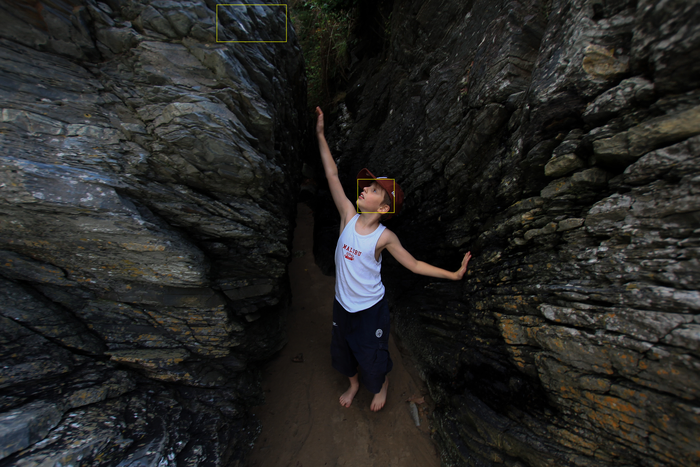
“This was my younger cousin styled from my wardrobe to explore ideas about maturity and attention span.”
